A few years ago, a friend of mine went on a 3-month trip to South East Asia. She was so excited, breathlessly telling us all the places they were going to explore and the things they were going to do. They were going on a week-long elephant jungle trek! At first it sounded like a great way to participate in responsible tourism in Thailand.
How exciting and exotic!
She came back from the trip with tons of stories and photos. I confess I was a little bit jealous because I’ve always loved animals and I also wanted to be close to them. But then I learned about the reality of elephant tourism in Thailand. I learned about the physical after-effects on elephants who spend their lives carrying people on their backs. Their spines were never designed to carry people, and the weight of the chairs leads to long-term damage. Furthermore, the trekking platforms rub on their backs all day long, causing blisters and infection. Not to mention broken legs and foot damage. Baby elephants are chained to their mothers but their short legs can’t keep up with the group. They stumble and fall, injuring themselves.
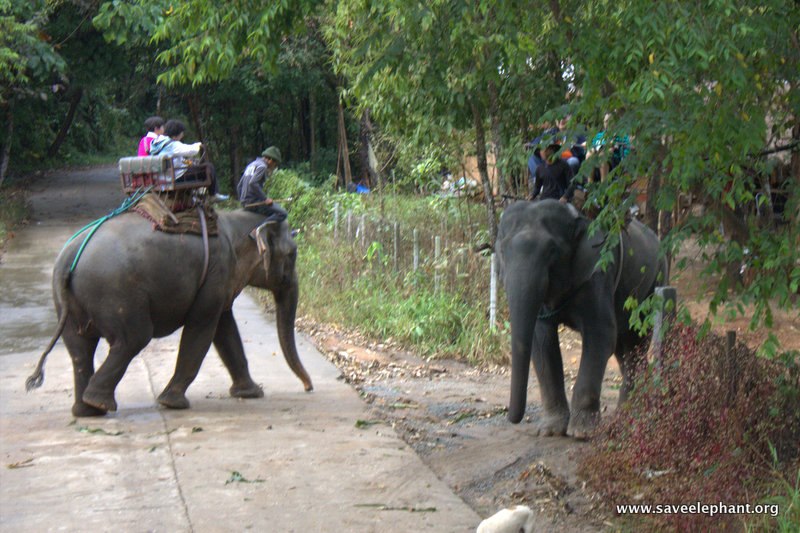
The Reality of Elephant Tourism in Thailand
Asian elephants are wild animals, meant to be living their lives in the lush forests of South East Asia. But in Thailand, the vast majority of Asian elephants are working and living in captivity. Only 1,500 live free in the wild, while more than double this number spend their days in servitude pleasing unaware tourists.
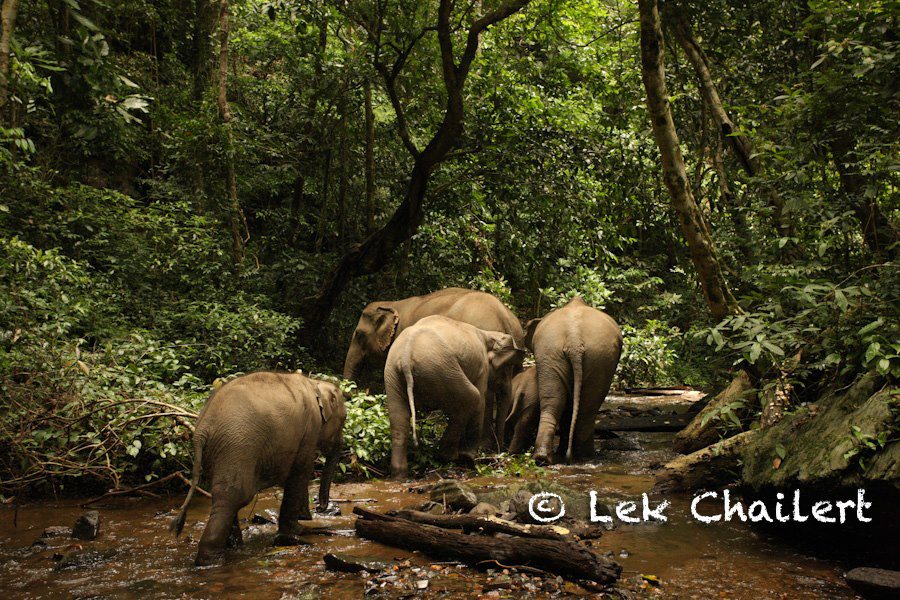
When you visit Thailand, you’ll realize how prominent elephants are in Thai culture. And every single tourist wants to see them. This has led to an increase in cheap tourist attractions involving elephants. A few come to mind: elephant trekking, feed the elephant, elephant begging, elephant shows, elephants that paint,…and so on. Seriously, an elephant will make a painting for you. Really? Since when do elephants paint? Well, since humans told them to, so we could make money off them.
How Elephants are Trained
This is where things get hard. Very hard. See, behind that sweet elephant painting that now lives in a box in your attic lies an awful practice. The training practice which is more appropriately known as “breaking”. Because to train an elephant you need to break its soul.
Baby elephants are stolen from their mothers, tortured, beaten, chained, starved and stabbed with all kinds of objects. This lasts for days and even weeks, until the elephants can’t go on. Then, with their soul broken, they submit to humans. The process of breaking an elephant is called phajaan, and it is a time of constant pain and fear for young elephants. It is probably the first time these young elephants have been separated from their mother.
I wanted to see for myself what this “breaking” was like. I found this photo by photojournalist Brent Lewin who won a Science/Natural History Award of Excellence for it. The moment I saw the image my heart broke. Then, digging a little bit more I found this video of a phajaan, that not only broke my heart again but I wound up crying inconsolably for more than ten minutes. It is hard to watch, but it’s something we should all be aware of.
http://www.youtube.com/watch?v=bjGcb1_KizY
I understand if you didn’t watch the video. It took me a month to get up the courage to click the play button. Please, come back when you are ready. Watch it and share it. If we all raise awareness of this practice, we can make it stop.
A New Hope for the Asian Elephants
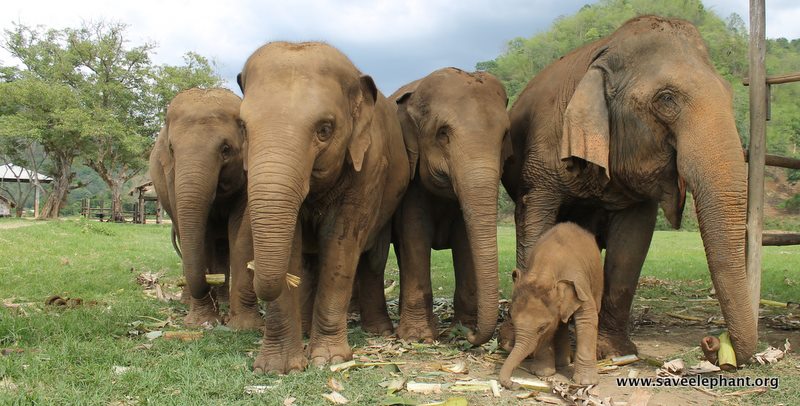
If you really want to see Asian elephants when you visit Thailand, head out to the Elephant Nature Park in Chiang Mai. Operated by the Save Elephant Foundation it now holds over 30 elephants that have been rescued from a life of misery at the hands of unaware tourists. Here, they are free to roam and to socialize with other elephants, just like they would in the wild. At the Elephant Nature Park they are shown that love, not hate and torture, is the norm and they learn to live and be happy again. The founder, a petite and strong woman called Lek Chailert, has been rescuing elephants (by buying them from tourist attractions) and other animals for over 20 years. She’s been featured on The Discovery Channel, CNN, Animal Planet, Time Magazine, as well as National Geographic, and her work is inspiring others worldwide.
Update: Since publishing this post we have learned that the Elephant Nature Park offers an activity, Bathe an Elephant. We do NOT believe humans should bathe elephants, even if it is in a natural river. We believe in observing the elephant’s natural behavior by letting them bathe in family groups. We do not support animal interaction activities such as the bathe an elephant.
The Park has reached a point where they need more funds to continue their mission. Buying an elephant from a tourist attraction is not cheap. Also, they need to acquire more land so they can house new elephants. They are now at full capacity and can’t accept any more. They must buy 200 acres of land so they can rescue more elephants.
Here is where you come in. You can do something to help.
You Can Help Them Too! (this opportunity has ended)
For the second year running, more than 20 travel bloggers have come together to raise awareness about the plight of the Asian elephant. Last year they created the travel blogging calendar, in which they sold a wall calendar and donated the money to a good cause. This year they are doing something different. They are accepting donations on behalf of Save the Elephant Foundation and they’ll be submitting all the proceeds to them. ALL 100%. Every single penny you donate will get there.
In exchange, this group of travel bloggers have teamed up and created an exclusive blog, only for donors. Each week, they’ll be posting new content and photos about different destinations.
Plus you get entered in a raffle!
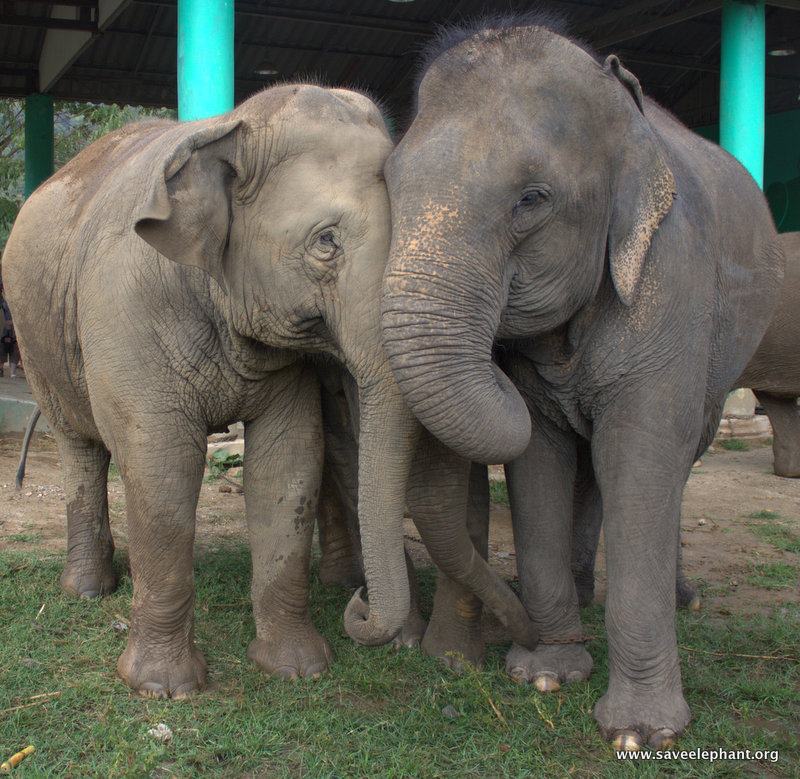
Donate and Win a Trip to Thailand!
When you donate to the Save the Elephant Foundation through the Travel Blogging Calendar website you’ll be automatically entered in their raffle. What is the prize? A $3,300 holiday to Thailand! During the 8-day trip you’ll have the chance to visit the Save the Elephant Foundation in Chiang Mai and their rescued elephants.
To make this prize possible, Flight Network has donated a $2,000 flight voucher so you can get there! The tour has been donated by the eco-conscious tour company Where Sidewalks End.
To be entered in the raffle, you must donate before the end of February 2014. The winner will be notified in March. Donations will continue to be accepted on behalf of Elephant Nature Park after the raffle has ended.
Not only do you get the chance to enter this fabulous raffle but you’ll get to read an exclusive travel blog (only for donors) brought to you by the amazing bloggers that have worked so hard to make this happen.
So, what are you waiting for? Donate, help the elephants and go on a trip to Thailand!
Will you send us a postcard from Thailand?
The Raffle has ended! Thank you to all of you who donated, together over $7,000 have been raised for the elephants. THANK YOU!
Thanks to the Elephant Nature Park and Lek Chailert for letting me use some of their photos in this post.

Cristina Garcia
Zoologist and wildlife photographer. She has worked in the field with jackals, wolves, cheetahs, & leopards. She serves on the Board of Directors of SEE Turtles, a non-profit sea turtle conservation organization.
Read her posts at Travel For Wildlife and see more of her work at Truly Wild, & Our Wild Yard.

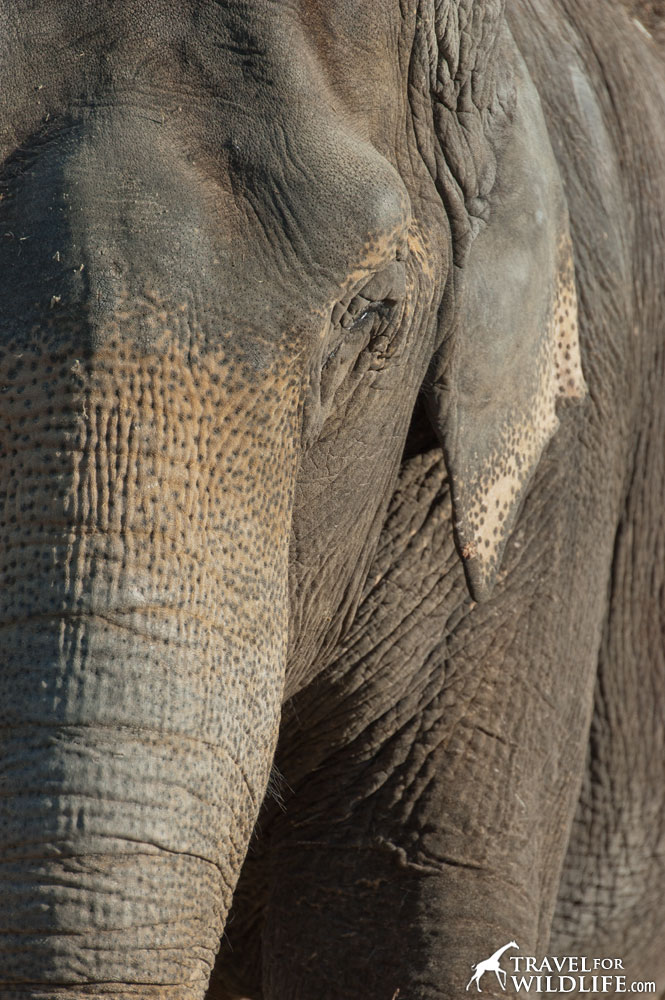
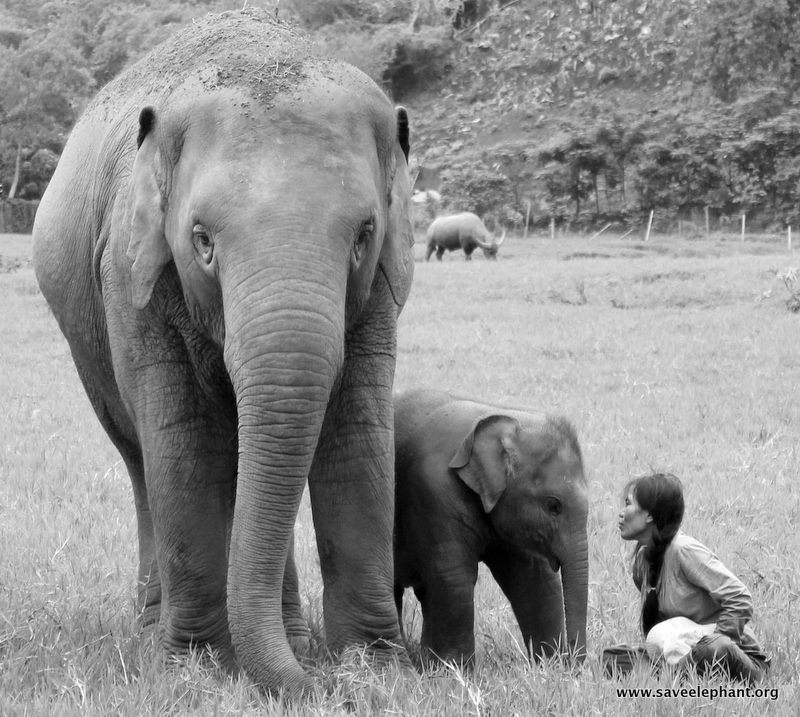
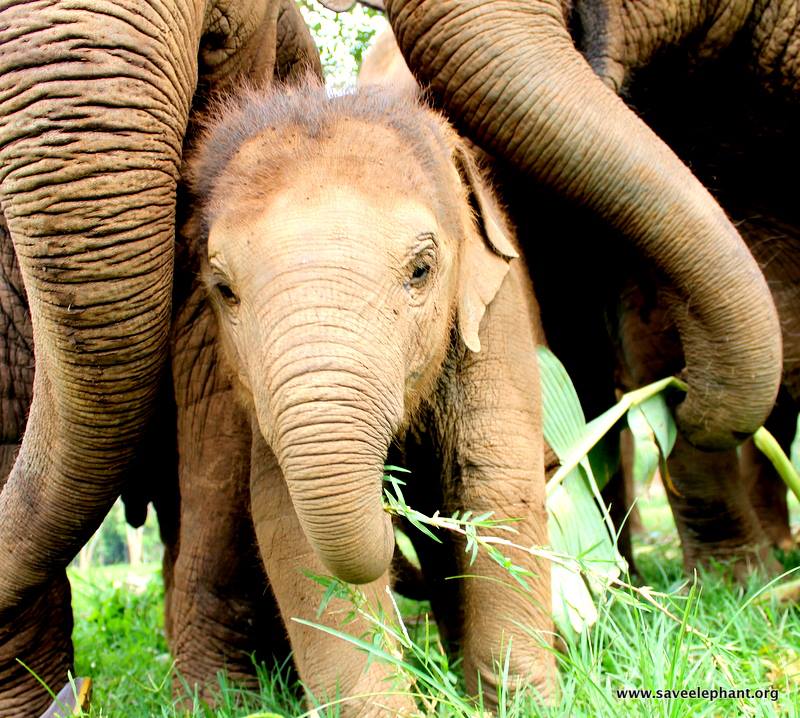
Hanna
Sunday 11th of November 2018
Thank you for sharing! Though I've learned buying animals from people only supports the idea that they can make money by selling it to organisations like that, thus supporting the hunt for those animals even more... Still it is a first tep in the right direction!
Hal Brindley
Sunday 18th of November 2018
That's true. Ideally the abused animals would be confiscated and the owners would be fined!
Jeremy
Tuesday 18th of February 2014
Beautifully written! Such a terrible practice, but a wonderful cause!
Cristina Garcia
Tuesday 18th of February 2014
Thank you Jeremy. Yes! If we all raise awareness about this practice, we can stop it!
Mary @ Green Global Travel
Sunday 2nd of February 2014
Oh wow! I hate this for the poor elephants. Save the elephants!! Thank you for sharing this!
Charli | Wanderlusters
Wednesday 29th of January 2014
This is such an emotive piece Cristina, I hope it serves to educate those visiting the region and deter them from taking part in this exploitation.
Cristina Garcia
Thursday 30th of January 2014
I hope so too Charli!